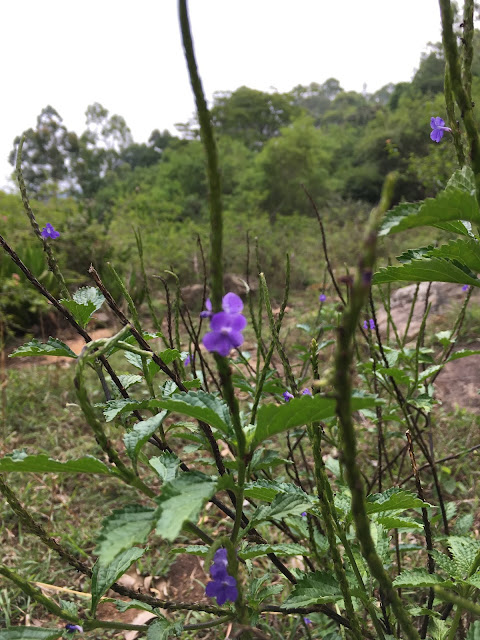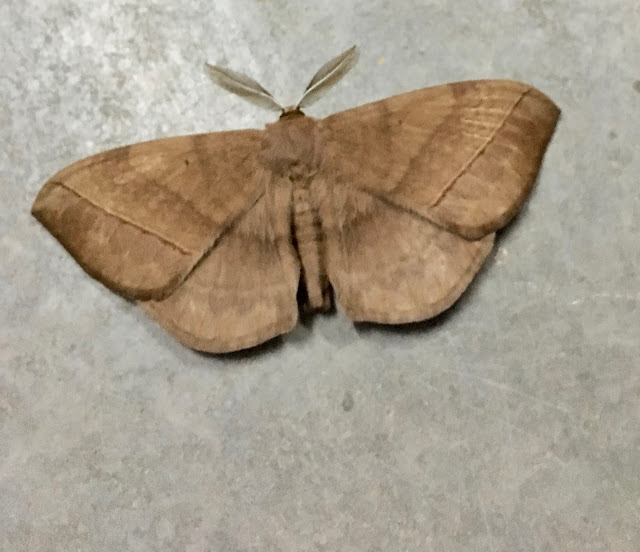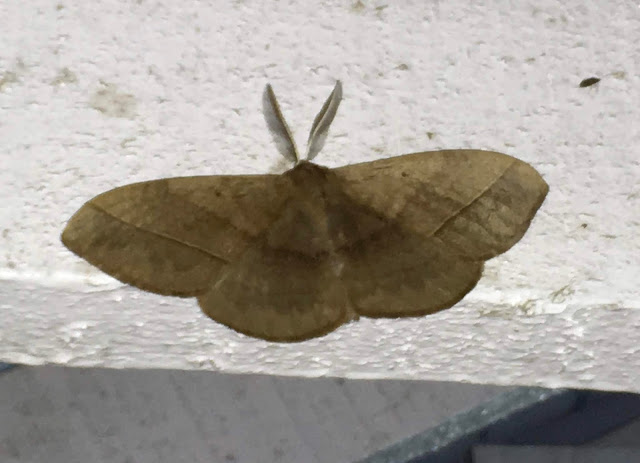17th April 2017
Our Andaman explorations continued. This was our last day at ANET, and we were headed to the southern most tip of south Andaman island, through the wooded forests of Chidiya Tapu and on to the trek off the Munda Pahar beach, to finally arrive at lands end, so to speak
We travelled in our mini bus upto a point where the farmlands gave way to forest, and from here we walked, in order to to spot birds and enjoy the sounds of the forest.
 |
| Massive trees like this grabbed my attention |
 |
| And then I heard the bird before I spotted it. The Andaman Shama! (Copsychus albiventris) |
 |
| An important message greeted us as we came into the little hamlet of Chidiyatapu where we had breakfast. |
 |
| The little enclosed cove at the hamlet |
 |
Peas and paratha - standard island fare,
we were told. |
 |
| This row of shacks serves hungry tourists like us. Simple, no fuss affairs. |
 |
| Entering the Munda Pahar wildlife park and beach |
 |
| Giant Sea Mahuas - an amazing sight |
 |
| Yes they were rather massive. |
 |
| A leaning Calophyllum added drama to the already dramatic setting. |
 |
| The sands were littered with debris from the ocean, and I dawdled here before the climb up the Munda Pahar hill. It was a cloudy day, and an Andaman Crested Serpent Eagle circled above. |
 |
| The walk up was filled with views like this, that we caught whenever there was a gap in the tree cover. |
 |
| Different depths added different colours to the waters. |
 |
| We were all sweaty and hot by now |
 |
| And then we were there! Lands End. Not for those with a fear of heights, and we stayed well away from the sheer cliff. |
 |
| Photo by Ashish with the Cinque islands in the horizon. Those islands have a lovely sandy beach - we could see it through our binoculars. We were told that there was some ill-advised "development" on that beach to host a Thai VIP, which was aborted when it led to quite a storm of bad PR. |
 |
| A nesting pair of Pacific Reef Egrets occupied rocks on the edge of the cliff! - Photo by Ashish . As we watched them through our binoculars, I marvelled at how they looked so poised while the stiff wind blew across the cliff. |
Our walk back down was gecko time, with Sathya of ANET
 |
| Try spot it - beautifully camouflaged. |
 |
| This better picture by Ashish. There's a high degree of endemics on the islands, especially of reptiles. |
 |
| Photo by Pritam - another variety |
 |
| Photo by Pritam - This beauty was sunning itself. Common Sun Skink? |
 |
Photo by Pritam - another view
|
|
 |
| Back to the beach and the Sea Mohuas, and some most welcome yelaneer! |




























































